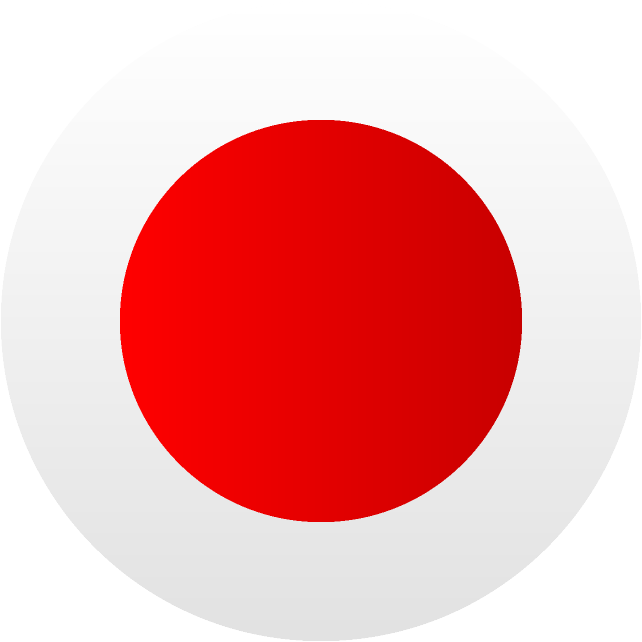Reverse peel
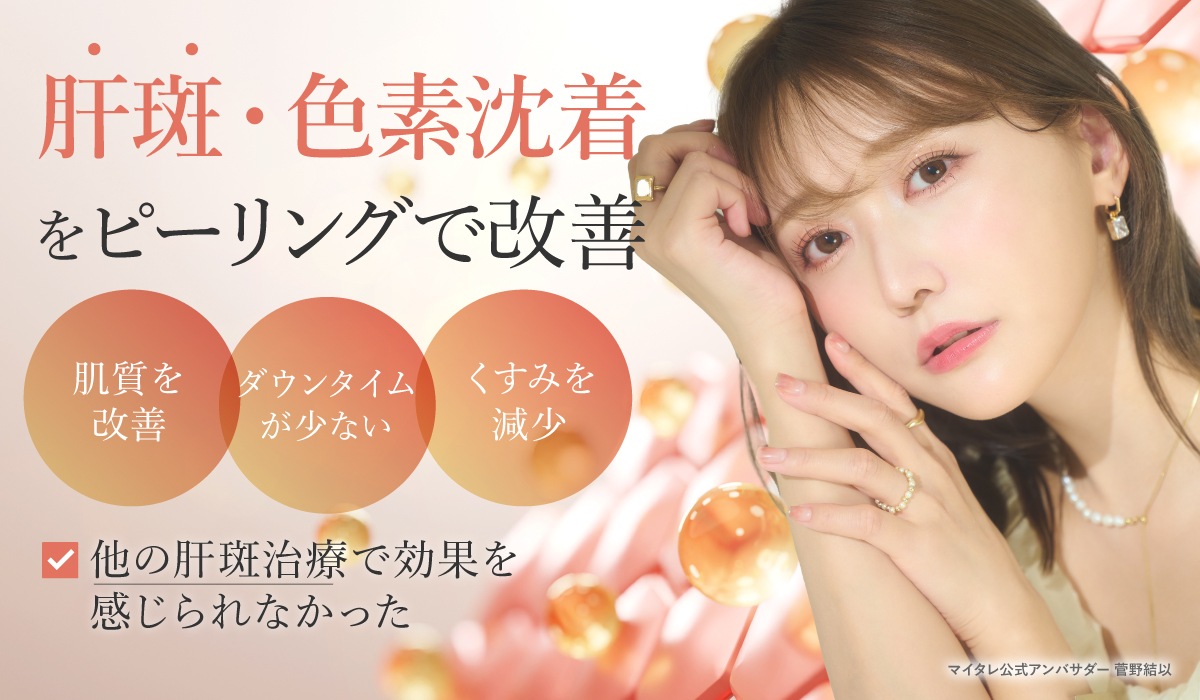

Recommended for Those
with Such Concerns
with Such Concerns
-
 Melasma, neopigmentation is a concern.
Melasma, neopigmentation is a concern. -
 Want a treatment with less downtime
Want a treatment with less downtime -
 Did not feel the effect of other melasma treatments
Did not feel the effect of other melasma treatments -
 Dullness is becoming more noticeable.
Dullness is becoming more noticeable. -
 Want to improve skin texture
Want to improve skin texture
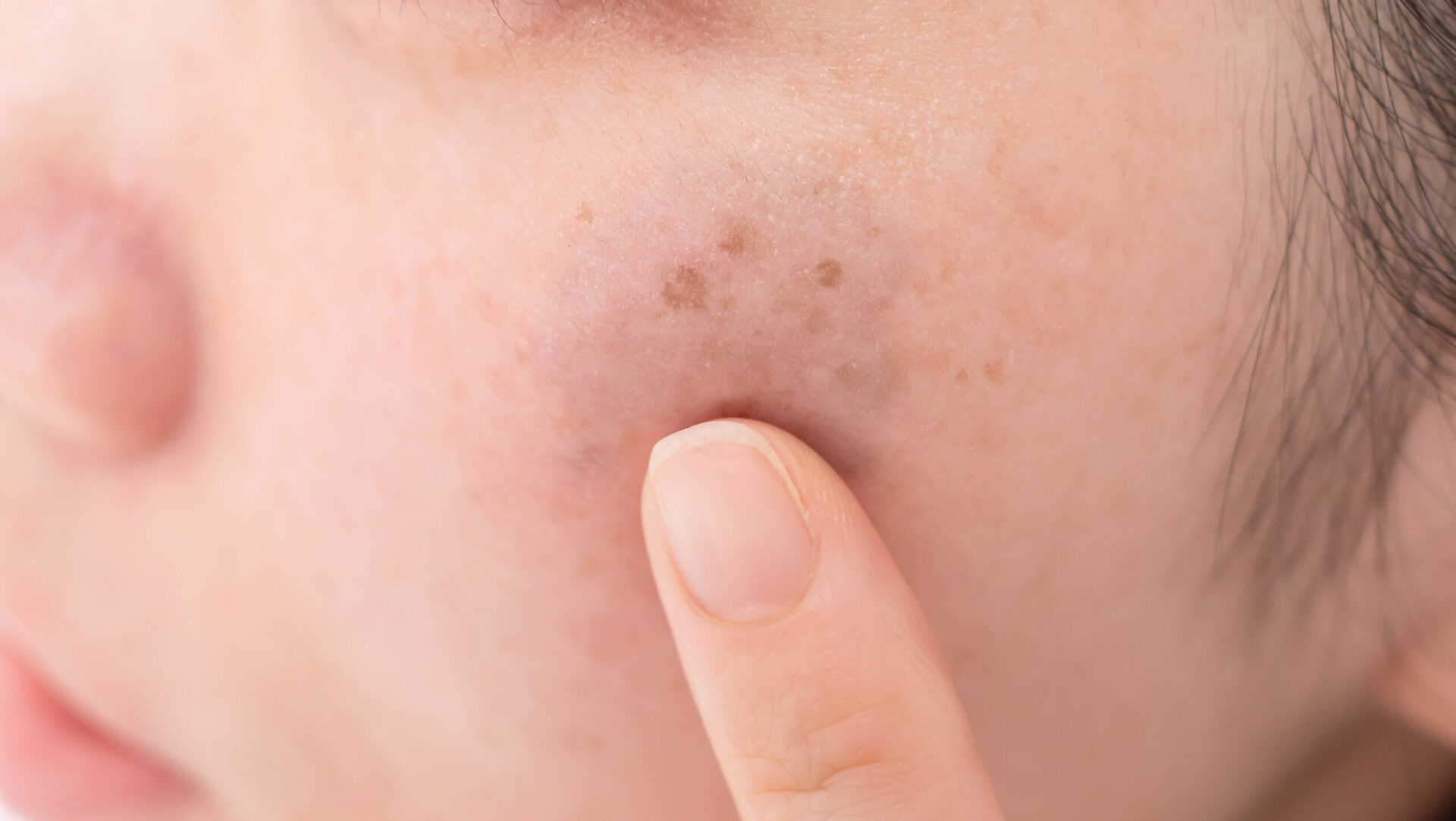
for Such Concerns

What is Reverse peel ?

Like the massage peel, this is a new peeling agent developed in Italy.
Reverse Peel is an improved version of the massage peel “PRX-T33” that is expected to be effective for melasma and hyperpigmentation, which conventional chemical peels could not handle.
Massage Peel is a new peeling agent born in Italy and is called “PRX-T33”.
It is recommended for patients who want to restore the elasticity and firmness of their skin and for those who are seeking smooth and youthful skin.
PRX-T33″ used in massage peels contains a high concentration of trichloroacetic acid (TCA), which is expected to be effective in collagen production, a low concentration of hydrogen peroxide (H2O2), and kojic acid, which is expected to whiten the skin.
In addition to the high anti-aging effect on the skin, it is characterized by the suppression of downtime symptoms such as pain and redness that tend to occur with conventional chemical peels.
Reverse peel, like massage peel, is a new peeling agent developed in Italy.
Reverse Peel is an improved version of the massage peel PRX-T33, which is expected to be effective for melasma and hyperpigmentation that conventional chemical peels could not handle.
The symptoms of melasma differ from those of normal dullness, etc., in that melanin pigment accumulates not only in the epidermis layer of the skin but also in the deeper dermis layer, causing hyperpigmentation. Therefore, to treat melasma, it is necessary to improve pigmentation in the dermis layer.
Reverse Peel uses three types of agents according to the depth of pigmentation of the skin, allowing the ingredients to penetrate the shallow epidermal layer, deep epidermal layer, and dermal layer, respectively, and can be expected to be highly effective in treating melasma and chronic hyperpigmentation.
About Melasma Treatment
Reverse peel is a new treatment method that uses chemical peeling to treat the skin from the dermis down to the epidermis, alleviating skin pigmentation and changing the epidermis.
The agent is designed to improve melasma, and improves melanin pigmentation that has accumulated deep within the skin due to years of inflammation and irritation, while minimizing the burden on the skin.
As for the causes of melasma, melasma is a light brown pigmented group that occurs on the forehead, cheeks, and lower jaw. Melasma can be caused or aggravated by hormones (e.g., pregnancy, hormone products, etc.), ultraviolet light, and friction on the skin.
In addition to people with melasma symptoms, other people who suffer from melasma want to restore the elasticity, luster, and firmness of their skin, heal acne scars to make their skin smooth, treat wrinkles and dullness around the eyes and mouth, treat open pores to make them look younger, improve skin deterioration caused by aging and photoaging, and treat dullness of the entire face to make it more beautiful. Reverse Peel is a treatment for people who want to improve the appearance of their skin.
How Reverse Peel Works
The reverse peel consists of three steps, each of which works differently.
In Step 1, trichloroacetic acid penetrates deep into the dermis with hydrogen peroxide, which oxidizes melanin (breaks down pigment particles), and kojic acid, which has a whitening effect.
Step 2 involves peeling of the middle to deep layers of the epidermis. Highly concentrated lactic acid (78%) is applied to remove melanin in the deep epidermis. Phytic acid also binds to iron and inhibits melanin production.
In Step 3, various hydroxy acids (salicylic acid, glycolic acid, and mandelic acid) are used to peel the shallow layers of the epidermis to normalize skin turnover. Phytic acid and kojic acid, which are also included in Steps 1 and 2, are used to treat spots, dullness, and hyperpigmentation.
Features of Reverse Peel
-
POINT
1Treatment of melasma and hyperpigmentation without the use of lasersMelasma and hyperpigmentation are difficult to treat and can be reversed by laser treatment.
We have pico laser treatments available, but some patients choose peels due to downtime and pain.
Reverse peels treat deeper into the dermis than typical peeling agents and improve hyperpigmentation.
-
POINT
2Neutralizing agents make it less painful.A neutralizing agent is applied between the second and third peels.
Jojoba oil, the main ingredient of the neutralizer, reduces the pain caused by the peel.
This treatment is easy for those who are afraid of pain.
-
POINT
3Almost no downtimeReverse Peel contains ingredients such as hydrogen peroxide. Therefore, it is less likely to cause peeling or redness, which is a common concern for many people.

-
POINT
4Less likely to recurReverse Peel oxidizes melanin in the dermis layer, which breaks down the pigment particles and makes them smaller and colorless, making the treatment less likely to recur.
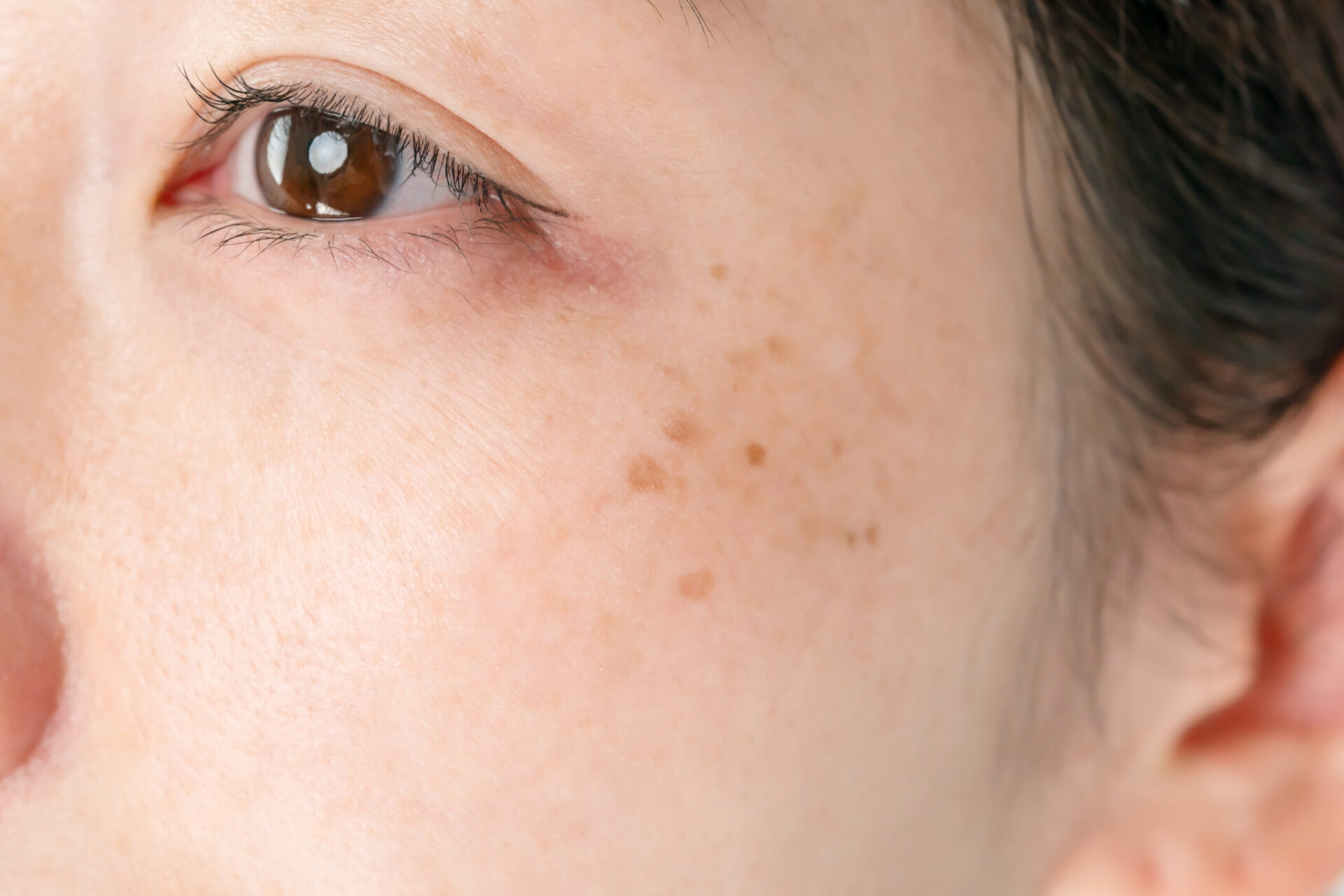
Frequency of Receiving
Reverse Peel
Reverse Peel
You may feel the effect with one treatment at the earliest, but it promotes skin turnover, It is a treatment that improves melasma and chronic pigmentation, so you will feel the effect of the treatment as you repeat the treatment.
After the third treatment, it is often felt that the color of the melasma and pigmented areas has faded or the range has decreased.
Price Guide
Treatment Process
-
1ReservationsPlease make an appointment via web, on line or phone.

-
1ReservationsPlease make an appointment via web, on line or phone.

-
2Facial CleansingPowder room is available.
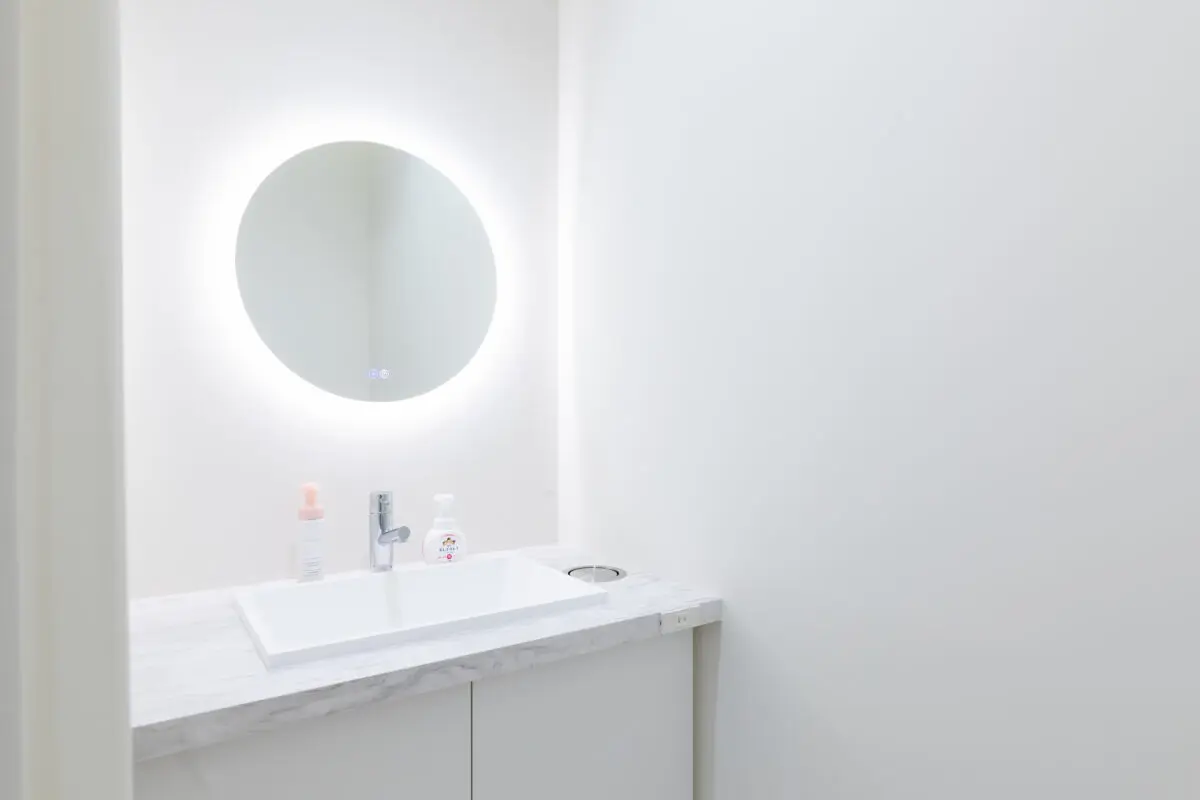
-
2Facial CleansingPowder room is available.

-
3VISIA photographyFirst-time patients will be photographed by VISIA, a skin diagnostic machine.
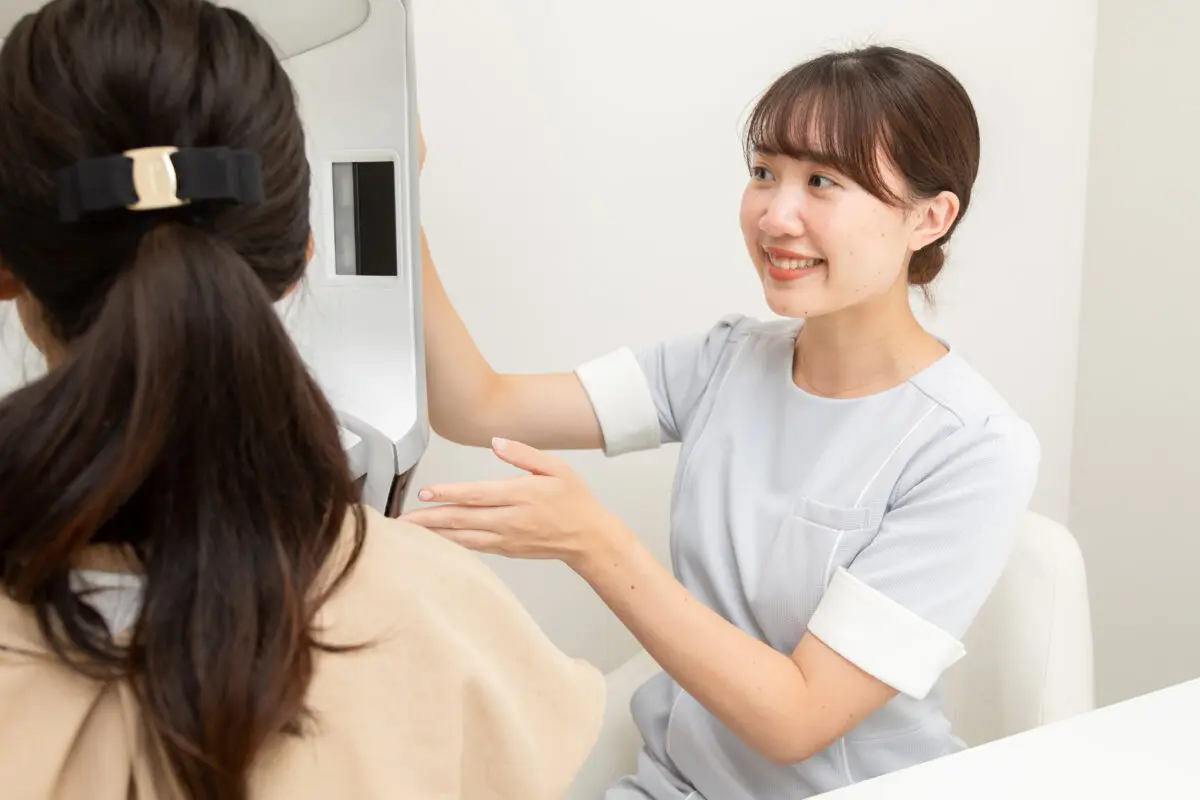
-
3VISIA photographyFirst-time patients will be photographed by VISIA, a skin diagnostic machine.

-
4Counseling and consultationWe will propose the most appropriate treatment after a thorough counseling and consultation by a specialist doctor based on the results of VISIA. If you have any questions, please feel free to contact us.

-
4Counseling and consultationWe will propose the most appropriate treatment after a thorough counseling and consultation by a specialist doctor based on the results of VISIA. If you have any questions, please feel free to contact us.

-
5TreatmentThe treatment will be performed while checking the condition of the skin. It takes about 1 hour per treatment.
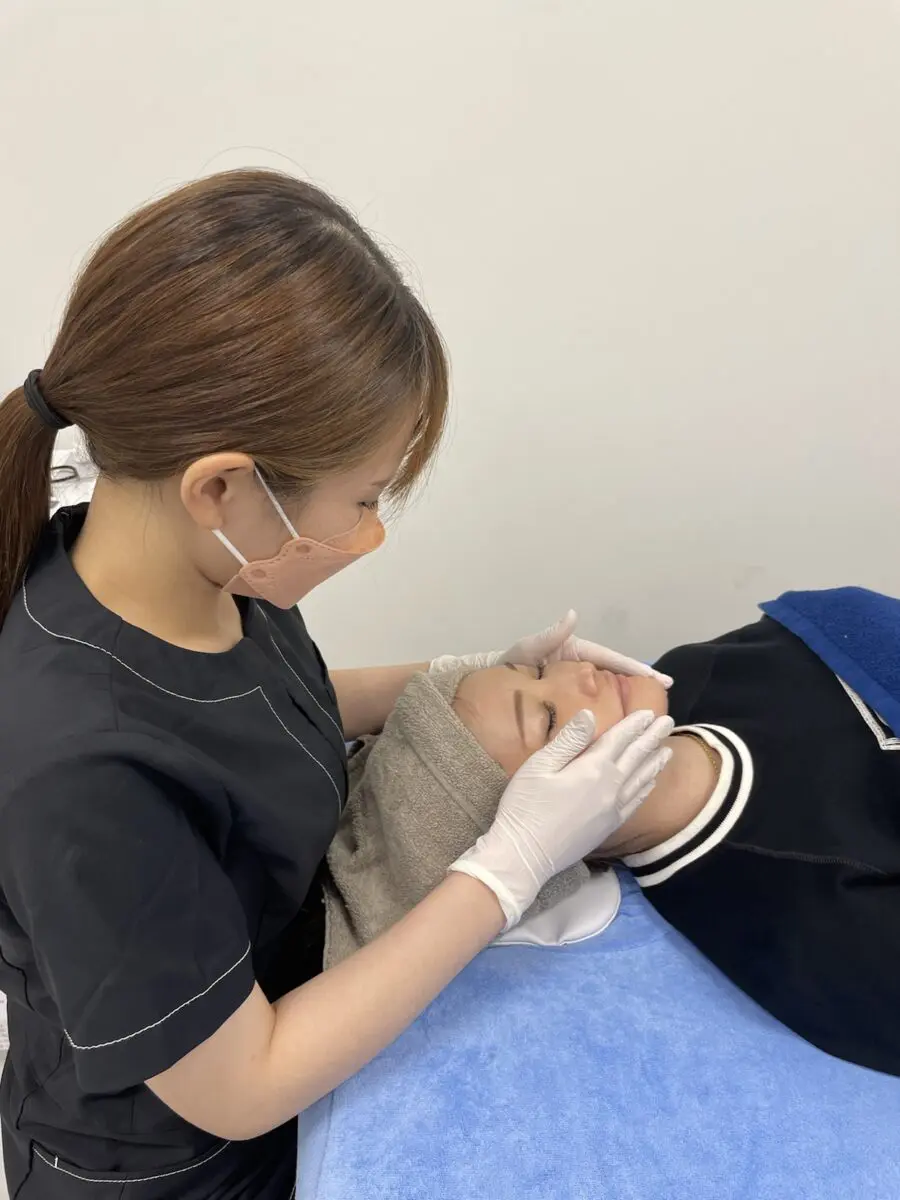
-
5TreatmentThe treatment will be performed while checking the condition of the skin. It takes about 1 hour per treatment.

Frequently Asked Questions
Q
How often should I go to the hospital?
Q
Is there any downtime?
In rare cases, some redness may remain, but it will disappear in a few hours ~ 3 days.
Q
How long does it take to feel the effects?
Q
Is there anything to be careful about in aftercare?
At our clinic, after receiving a reverse peel at the clinic, At home, we recommend "REVERSE SERUM".
This serum contains many ingredients that are effective for skin whitening, such as tranexamic acid and niacinamide, and promotes melasma and pigmentation.
Notes
・ Those who are pregnant or breastfeeding
・ Those who have skin inflammation
・ Those who have a skin rash / herpes rash
・ People with seborrheic dermatitis
・ Those who have atopic dermatitis
・ Those who are allergic to kojic acid
As a side effect / risk, you may feel a burning sensation or tingling irritation during the procedure. After the procedure, mild redness and peeling may occur for a few days. Depending on your constitution, mild swelling and pigmentation may occur in rare cases.
Inquiries & Reservations
Please feel free to contact us.


